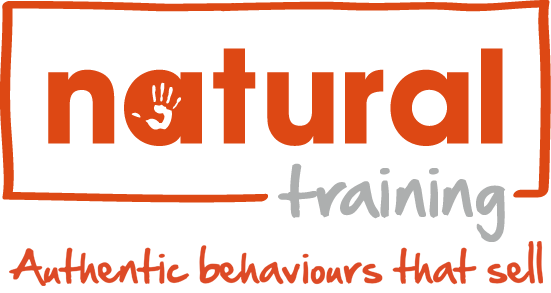I’m Smart, But I Don’t Get It!
Have you ever been in a meeting or training class where you’re trying to learn a new concept or an advanced technique, and you just feel lost?
You don’t want to look as incompetent as you feel by asking questions when other people around you seem to understand what’s going on. But it sounds like the speaker is using a foreign language.
We all have different learning styles that we use to acquire new information. Some people prefer to read a textbook or technical writing to learn about something new, while someone else needs to actually perform a task before they fully understand the concept behind it.
Most people acquire information through some combination of the four basic learning styles most commonly used. And sometimes learning styles are situational. If, for example, you want to replace the ceiling light in your bedroom with a ceiling fan, would you Google a document or PDF to read how to do it, or would you go to YouTube and find a video that shows you exactly how to do it?
But what do you do when you’re trying to learn something from someone who uses a different style to communicate his concept than what you use to learn?
If you’re strong in one specific learning style, there are ways you can strengthen your performance in the other styles so that you can adapt your learning to the way a new idea or initiative is being presented.
As Dr. Peter Honey, regarded as one of the world’s leading gurus on learning and behaviour, said,
“Improve your learning skills and processes. Increased awareness of how you learn, opens up the whole process to self-scrutiny and improvement. Learning to learn is your most important capability since it provides the gateway to everything else you want to develop.”
The following examples provide some insight into the four basic learning styles and key ways to help you strengthen those areas you struggle with:
1. Visual learners need to see pictures, diagrams, graphs, or any other visual representation of concepts to be learned. If you have problems looking at charts to determine information, try highlighting important information in different colors. Practise taking detailed notes of presentations and use flow charts to connect main ideas. When you learn how to visually identify the key points, you won’t be thrown when the client gives you a diagram and asks how your service or product can help their workflows.
2. Auditory learners pick up key information primarily through lecture-type interactions. If you have a prospect who likes to wax poetic and you’re not an auditory learner, practise separating the wheat from the chaff by using active listening skills. When you focus completely on what someone else is trying to say, repeat to them what you understand are the main ideas to take away from the discussion. Attend as many lectures as your calendar permits to practise your listening skills. Never mind the topic, practise picking out the golden nuggets of information from a speech. Tape yourself giving a presentation or a speech and analyse the results with your new-found skills.
3. Reading and writing learners need visual stimulation similar to visual learners, but excel more at reading text and expressing themselves in written form. Read something challenging every day to practise picking out the important points in text. Take a cue from the visual learners, and highlight main ideas in different colors. Write out your thoughts and opinions every day in a journal or a word processing document. There is a connection between copying information by hand and the way the brain stores that information, so copy something out by long hand every day, too.
4. Physical learners need to get their hands on something to learn more about it. Most physical learners are the ones who roll up their sleeves and try a new product or service to learn more detailed information. Take the time to use a new product as often as possible. Get in motion while trying to learn something new. A great way is to walk on a treadmill while you read, listen to a taped speech, or watch a TED Talks video. Also, role-playing is an excellent way to equate physical activity with a desired consequence or solution.
The more you practise these different learning styles, the less likely you are to be stumped in your next information gathering session when the client whips out a diagram or simply stands and talks for an hour.
At Natural Training, we cater to all learning styles. If you’d like to ramp up your sales presentations or take your closing skills to the next level, call our experts today to discuss how our training gets the results you’re looking for.
RELATED –
Why Blended Learning Gets Better Results
Got a comment?
Catch us on Social Media and join the discussion!

